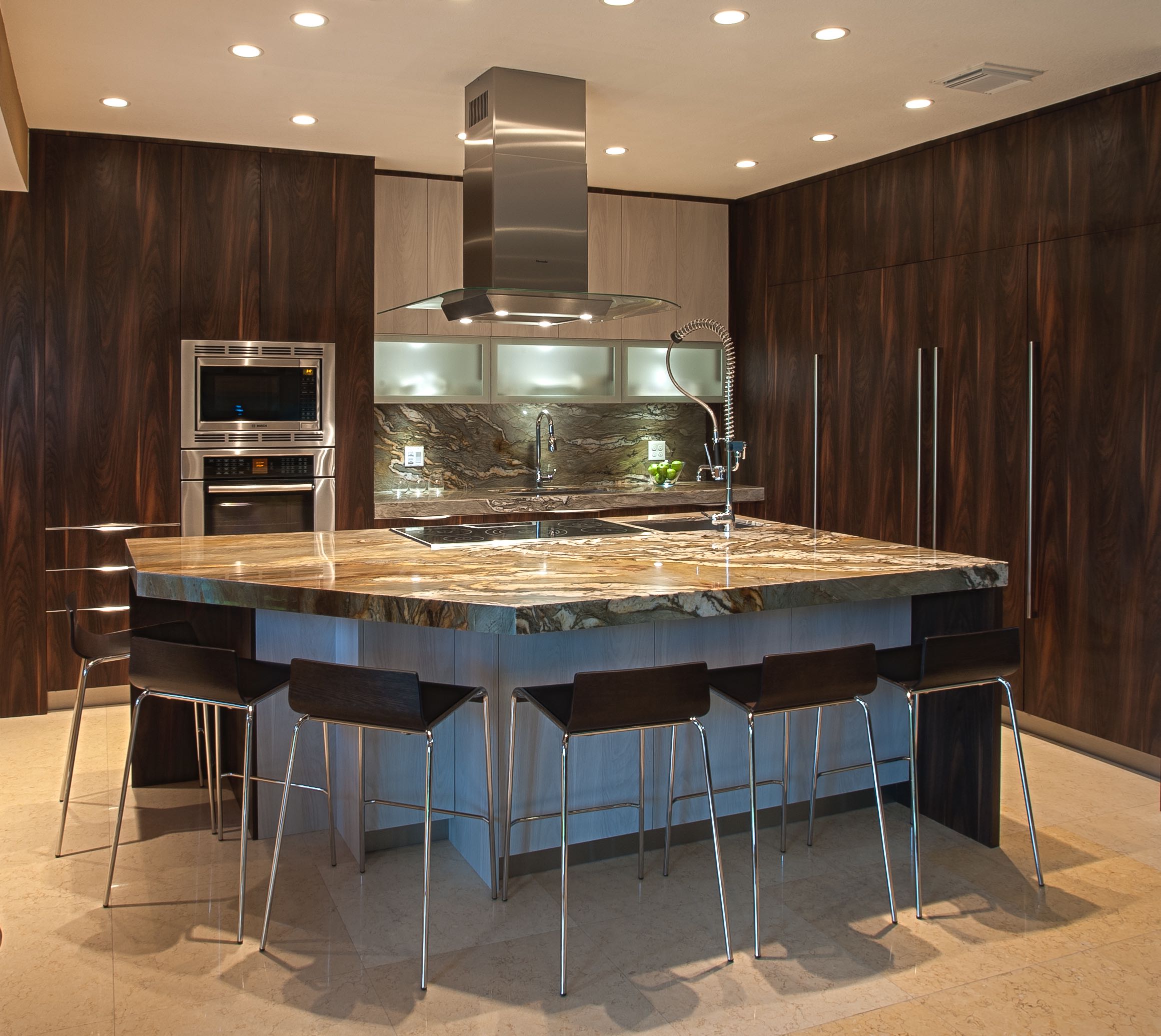This guide provides comprehensive information on laminate kitchen cabinets, covering styles, costs, durability, and more. By the end, you’ll be equipped to make informed decisions about upgrading your kitchen. Thinking of doing some landscaping to complement your new kitchen? Check out our large cement pavers for creating a stunning outdoor space. Or, picture yourself relaxing in your renovated kitchen, gazing out at your beautiful backyard from your new L shaped outdoor sofa.
Understanding Laminate Cabinets
Laminate kitchen cabinets offer an attractive blend of affordability, durability, and style. Constructed with a sturdy core, usually particleboard or medium-density fiberboard (MDF), they’re then coated with a thin, decorative laminate layer. This layer can mimic various materials, from natural wood grains to sleek, solid colors. This protective layer makes them resistant to scratches, stains, and fading—a significant advantage in a busy kitchen environment.
Advantages of Laminate Cabinets
- Budget-Friendly: Laminate cabinets are significantly cheaper than solid wood or veneer, allowing you to allocate your budget to other kitchen upgrades.
- Durable: They can withstand daily wear and tear, making them ideal for families with children or active cooks.
- Versatile: Available in a vast array of colors, patterns, and textures, offering design flexibility for any kitchen style.
- Low Maintenance: Cleaning involves a simple wipe-down with a damp cloth and mild detergent.
Disadvantages of Laminate Cabinets
- Edge Chipping: While durable, the edges can chip if subjected to impacts.
- Moisture Sensitivity: Prolonged exposure to water, especially around seams, can damage the core material. This is an area of ongoing research, and some manufacturers are developing more water-resistant core options.
- Perceived Value: Some perceive laminate as less prestigious than solid wood, potentially impacting resale value, though this perception is evolving as laminate quality improves.
Choosing the Right Laminate Cabinets
Selecting the right laminate cabinets can seem overwhelming, but these key considerations simplify the process:
- Laminate Quality: Opt for thicker, high-pressure laminates (HPL) for superior durability.
- Door Style: Choose a door style that complements your kitchen’s overall aesthetic, from shaker to slab to raised panel.
- Construction Quality: Examine the cabinet construction for solid joinery and durable hardware. The core material plays a crucial role; higher-density options generally offer better moisture resistance and screw-holding power.
- Hardware & Accessories: Enhance your cabinets’ appearance with stylish knobs, pulls, and other accessories.
Installation and Maintenance
- Installation: If you’re comfortable with DIY projects, installing laminate cabinets yourself can save money. However, professional installation ensures proper fitting and minimizes the risk of moisture damage.
- Maintenance: Regular cleaning with a damp cloth and mild detergent is sufficient. Avoid abrasive cleaners or harsh chemicals. Some experts believe that occasionally applying a cabinet protectant can further enhance the laminate’s resistance to scratches and fading.
Are Laminate Cabinets a Good Choice?
Laminate cabinets are a good choice for homeowners prioritizing affordability, durability, and easy maintenance. While they might not have the prestige of solid wood, they offer a practical and stylish solution for kitchen renovations. The increasing availability of high-quality HPL options further strengthens their appeal, providing even greater durability and a more premium look. However, if your budget allows and you desire the natural beauty and character of real wood, solid wood cabinets may be a better investment.
Addressing Common Concerns about Laminate Cabinets
Can You Paint Over Laminate Cabinets?
Yes, painting laminate cabinets is possible and can revitalize your kitchen’s appearance. The key is proper preparation.
- Cleaning: Thorough cleaning with a TSP cleaner removes grease and grime.
- Sanding (Optional): While not always necessary, lightly sanding with fine-grit sandpaper, especially on glossy surfaces, improves primer adhesion. Some experts suggest using a liquid deglosser as an alternative to sanding.
- Priming: Apply a bonding primer designed for laminate or melamine. This is crucial for paint adhesion and prevents peeling.
- Painting: Use a high-quality paint suitable for laminate surfaces. Multiple thin coats are preferable to one thick coat.
- Finishing: Allow ample drying time between coats.
What are the Disadvantages of Laminate Cabinets?
While laminate cabinets offer numerous advantages, being aware of potential drawbacks allows for informed decisions.
- Edge Vulnerability: The edges can chip or peel, especially with lower-quality laminate.
- Limited Design Flexibility: Mass-produced laminate cabinets offer fewer customization options than custom-built cabinets.
- Resale Value Considerations: While improving a kitchen’s appearance, laminate cabinets might not increase resale value as much as solid wood.
- Moisture and Heat Sensitivity: Prolonged exposure to moisture or excessive heat can damage the core material. Although ongoing research suggests that newer laminate types are less susceptible to these issues.
- Repair Challenges: Repairing significant damage often requires replacing the entire component rather than simple fixes.
Ultimately, the best cabinet choice depends on your specific needs, budget, and priorities. Carefully weigh the pros and cons to determine if laminate cabinets are the right fit for your kitchen.
- Do Mice Eat Grass? A Complete Guide to Mouse Diet & Lawn Protection - April 18, 2025
- Do Deer Eat Zinnias?Understanding Zinnia Deer Resistance - April 18, 2025
- Do Deer Eat Mums? Protecting Your Chrysanthemums from Deer - April 18, 2025










